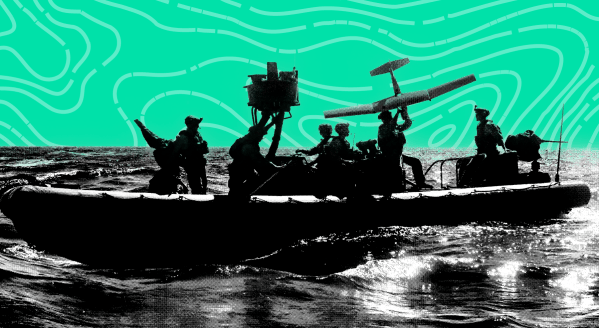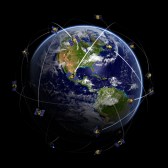Office of Naval Research to enable new algorithms that identify and make sense of threat objects

As digital intrusions and physical attacks on critical infrastructure intensify, the Office of Naval Research, Saab and Purdue University are set to collaboratively develop advanced artificial intelligence capabilities that can automatically pinpoint and make sense of threats in complex scenarios to bolster the military’s situational awareness.
ONR awarded a $13 million grant to Saab for its Threat and Situational Understanding with Networked-Online Machine Intelligence (TSUNOMI) program, of which roughly $4.3 million is expected to filter to Purdue as a four-year subcontract.
“There is an urgent need to create technological solutions that allow networks of sensors equipped with sophisticated AI to quickly detect and identify potential threats,” Shreyas Sundaram, Purdue’s Marie Gordon Associate Professor in the Elmore Family School of Electrical and Computer Engineering, said in a statement this week.
Sundaram is one of many experts at Purdue who will be investigating a host of challenges for TSUNOMI, including where to deploy sensors for the best coverage, how to design machine learning algorithms for object identification, and how to blend information from multiple sensors to correctly determine objects’ type and intent.
Ultimately, through this research officials aim to produce “an explainable machine learning framework with multimodal automatic target recognition and sensor resource management for early warning and situational awareness from surface vessels equipped with an automated verification and validation machine learning pipeline,” the university’s press release notes.
Purdue plans to primarily use its funding to support graduate student research and faculty time — and to purchase sensors for the work.
“The project seeks to formulate effective techniques and algorithms to blend information from multiple sensors, such as cameras and radar, that have been deployed in an area to accurately identify objects that might enter that area. For example, one might wish to quickly determine if a flying object near an airport is a bird or a drone, and if it is a drone, whether or not it is adversarial and what its target might be,” Sundaram said.
Technologies developed through TSUNOMI are first intended for transition to a U.S. Navy unmanned surface vessel, and then into various commercial markets.





